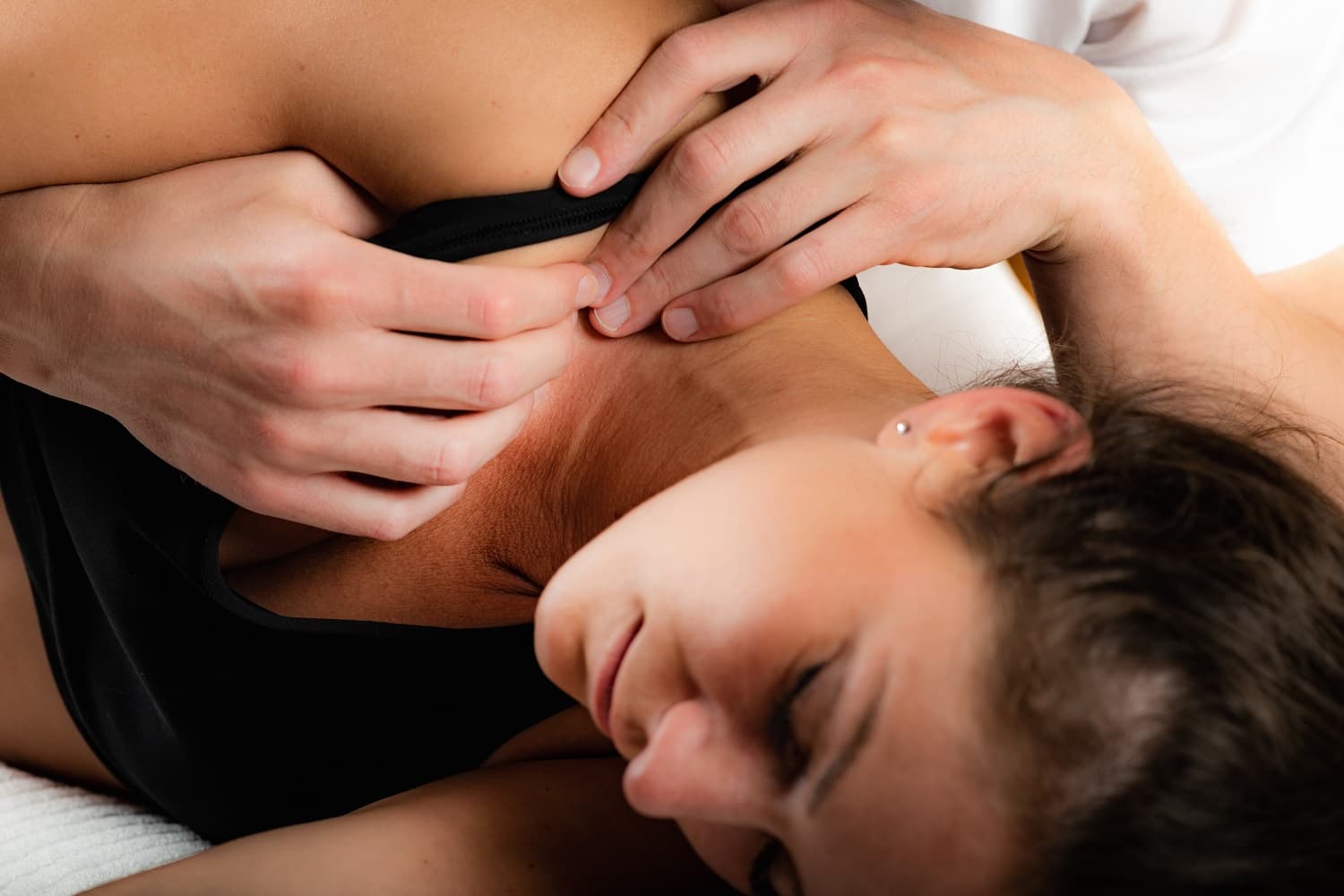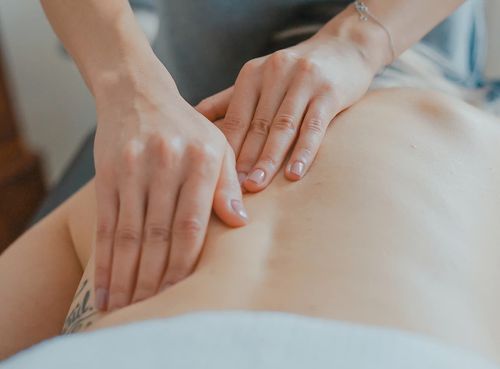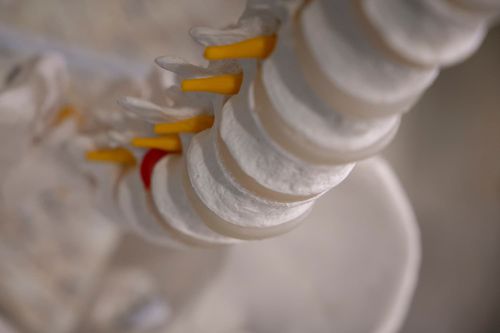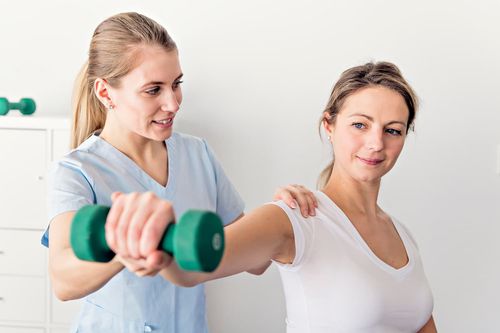What is Osteopathy?
Osteopathy is a form of complementary medicine that focuses on the physical manipulation of muscle tissue and bones to positively affect the nervous, circulatory and lymphatic systems of the body. The philosophy of osteopathy is to treat the person as a whole not just the symptoms. It places great emphasis on the relationship between the structure, framework and function of the body, as well as teaching of the appreciation of the body's innate ability of healing itself.

How Does Osteopathy Work?
Osteopathy uses various manual "hands-on" techniques to help improve blood circulation and correct any altered biomechanics without the use of drugs. A doctor of osteopathic medicine uses numerous stretching, gentle pressure and resistance techniques such as the following:
- Articulation techniques for mobilising passive joints
- Muscle energy techniques for releasing contracted muscles by working against resistance
- Counterstrain techniques for counter stretching the restricted joints and muscles while in a position of comfort to achieve release
- Functional techniques for mobilising gentle joints
- Visceral techniques for managing conditions that affect internal organs involving the gentle and rhythmical stretching of the visceral areas
- Lymphatic pump for stimulating the flow of lymph through the lymphatic system to treat an infection
- Soft tissue technique relaxes tight muscles by stretching the connective tissue
- Muscle energy relaxes muscle contractions and to increase joint range of motion
- Exaggeration method relaxes the tight muscles around the restricted area to eliminate pain
These and many other manipulation techniques make up the osteopathic manipulative medicine framework that is used to treat a range of functional and structural problems in the bones, muscles and connective tissues of the body. The practitioner may also recommend dietary changes, self-care exercise programs and lifestyle modifications in addition to performing these manipulation techniques.
What are the Benefits of Osteopathy?
Osteopathy is a safe and complete healing system used to treat, diagnose and prevent a wide range of health conditions, including:
- Arthritis
- Neck and back pain
- Sciatica
- Foot, ankle, hip and knee pain
- Hand, shoulder and elbow pain
- Headaches
- Neuralgia
- Postural problems associated with pregnancy
- Sports-related injuries
- Strain from overuse of muscles at work or driving
- Digestive issues
- Tennis and golfer's elbow
- Lumbago
What Can You Expect From Osteopathy?
A consultation with an osteopath can take 60 minutes to two hours, depending on the issue that the client wants to work on. It begins with the practitioner taking the client's health history and conducting a physical examination to identify the root of their pain and discomfort. With palpation, the osteopath will be able to assess the condition of the client's joints, tissues, muscles and ligaments.
What the client wears to a treatment session will depend on the problem they want to address. If it's located in the middle of their back or torso, they may need to remove some clothing so that the osteopath can access the problem area. However, if the area in question is somewhere on their arm or leg, a short-sleeved shirt or pair of shorts will suffice.
An osteopath is trained in numerous manipulation techniques, but they only use those that are required by the patient's condition. Before the treatment proper, the osteopath will explain to the client what needs to be done to address their issue and the number of sessions required to achieve best results.
Is Osteopathy Safe?
Osteopathy is a gentle and safe manipulation technique that can benefit anyone. After receiving treatment, it's normal for one to feel sore and a slight headache for a couple of days. There's hardly anyone who has suffered severe side effects linked to this natural healing modality.




